Plastic bottles have become an emblem of modern convenience. From water bottles to soda containers, their ubiquity is hard to miss. Yet, behind these everyday items is a massive manufacturing industry, with several key players producing billions annually. While offering convenience, these plastic bottles also pose significant environmental challenges due to their non-biodegradable nature.
This article delves into the companies at the forefront of plastic bottle production. It analyzes their global reach and impact, from sourcing raw materials to distribution. Understanding these factors is crucial as the world grapples with the environmental implications, and consumer behavior increasingly leans toward sustainability.
We'll also explore the innovations within the industry aimed at reducing the impact of plastic on the planet. Whether you're concerned about the environment or just curious about where your bottle comes from, this article provides insights and practical steps you can take to participate in a more sustainable future.
- The Leaders in Plastic Bottle Production
- Environmental Impact of Plastic Bottles
- Innovation in Plastic Manufacturing
- Shifting Consumer Preferences
- Tips for Reducing Plastic Bottle Consumption
The Leaders in Plastic Bottle Production
Delving into the mammoth world of plastic manufacturing, a few giants lead the charge in the plastic bottles sector. Among the most prominent is The Coca-Cola Company, which astonishingly produces billions of bottles each year. This corporation, known for its iconic beverage offerings, has managed to establish a colossal global production network, making it a formidable leader in this industry. A significant share of its imposing plastic bottle output supports its myriad of beverages sold in various markets. PepsiCo follows closely, operating on a similarly vast scale with its numerous drink brands, contributing heavily to annual plastic bottle manufacturing figures.
Identifying these industry leaders sheds light on how deeply entrenched plastic bottles are in our everyday lives. Both Coca-Cola and PepsiCo have faced increasing scrutiny over environmental impact, prompting them to explore sustainable practices, albeit slowly. Nestlé Waters is another key player, dominating through its extensive array of bottled water brands. This firm boasts access to diverse markets, utilizing a significant share of global plastic bottle production.
Meanwhile, China's Nongfu Spring has risen to become one of the most valuable bottled water brands worldwide. Its expanding influence in the plastic manufacturing world reflects a dynamic shift towards Asia, echoing broader economic trends. Such companies underscore not only regional but also global significance, navigating the delicate balance between environmentally conscious production and mass consumption.
While sheer volume distinguishes these companies, they've also become case studies in environmental responsibility. Their efforts—or sometimes lack thereof—help in understanding the global narrative of sustainability. Some have taken steps toward innovation, investing in recyclable materials as part of their production process. As these leaders strive to maintain profit margins while addressing ecological concerns, new trends in consumer behavior have become crucial indicators of future industry trajectories.
The interdependence between consumer preferences and industry dynamics reveals potential paths toward more responsible production. The increasing demand for sustainable products nudges these giants toward innovative packaging solutions. Efforts to create compostable plastics, for instance, are gaining traction, an essential move given today's environmental demands. Recognizing the dual impact these leaders hold over both markets and nature can guide future industry transformations, creating a balance between consumer convenience and environmental conscience.
"The scale of plastic production requires a parallel commitment to sustainability. Balancing consumer expectations with environmental responsibility is perhaps the most significant challenge facing today's beverage industry." — Industry Expert
As the world becomes increasingly aware of pollution, these industry's titans must now foster a culture of sustainability. It remains to be seen how shifts in policy, technology, and consumer behavior will reshape the landscape of plastic bottle production. Proper attention to these changes by the leaders might well dictate the success and sustainability of their operations, influencing global approaches to both manufacturing and consumption.
Environmental Impact of Plastic Bottles
The proliferation of plastic bottles in today's world presents a multi-faceted challenge for the environment. Each year, billions of these containers are manufactured, with many ending up in landfills and oceans, contributing to extensive environmental damage. The main issue with plastic bottles is that they are made from polyethylene terephthalate (PET), a durable material that can take hundreds of years to decompose. This long lifespan in natural environments means that bottles often break down into microplastics, which infiltrate marine and terrestrial ecosystems, posing threats to wildlife and the food chain. Over time, animals ingest these particles, leading to health problems that can affect entire species and ecological balance.
A striking fact is that only a fraction of plastic bottles actually get recycled. In the United States alone, it is estimated that less than 30% of used plastic bottles make it to recycling facilities. The process of recycling itself, although beneficial, is hindered by contamination and other inefficiencies that limit the effectiveness of recycled materials. Additionally, the energy consumption of producing new plastics contributes significantly to carbon emissions, accelerating climate change. The manufacturing process for plastics relies heavily on fossil fuels, amplifying the carbon footprint with every new bottle produced.
The disposal problem is compounded by the fact that plastic waste frequently ends up in the ocean. According to a report by the Ellen MacArthur Foundation, by 2050, there could be more plastic than fish in the seas by weight. This prediction underscores the urgency of addressing the plastic bottle proliferation crisis. Marine animals often mistake floating plastic debris for food, leading to ingestion that can be fatal. The consequences extend beyond marine life, as these plastics eventually re-enter human food sources through seafood consumption, raising concerns about human health risks linked to toxins found in plastics.
"It's time to turn our back on the throwaway society that has led to ocean plastics crisis," noted Richard Thompson, a leading marine biologist, in a study published by the National Geographic Society. "We need comprehensive policies and a public willingness to embrace more sustainable behaviors."
In addition to ecological harm, the production and transportation of plastic bottles consume vast amounts of water and energy. Studies show that making a single liter of bottled water can use up to three liters of water in the production process alone. This shocking statistic highlights the inefficiencies and resource strain caused by single-use plastics, making the case for stricter regulations, innovative solutions, and a shift towards more environmentally friendly alternatives.
Efforts to mitigate these impacts have seen advancements in biodegradable plastics and more effective recycling techniques. However, the most impactful change could come from reducing demand through consumer action. Opting for reusable containers, supporting companies that use sustainable packaging, and advocating for better recycling infrastructure are ways individuals can help alleviate the stress on our planet caused by plastic bottles. The collective effort can reshape the future of plastic consumption, encouraging practices that benefit the earth's well-being.
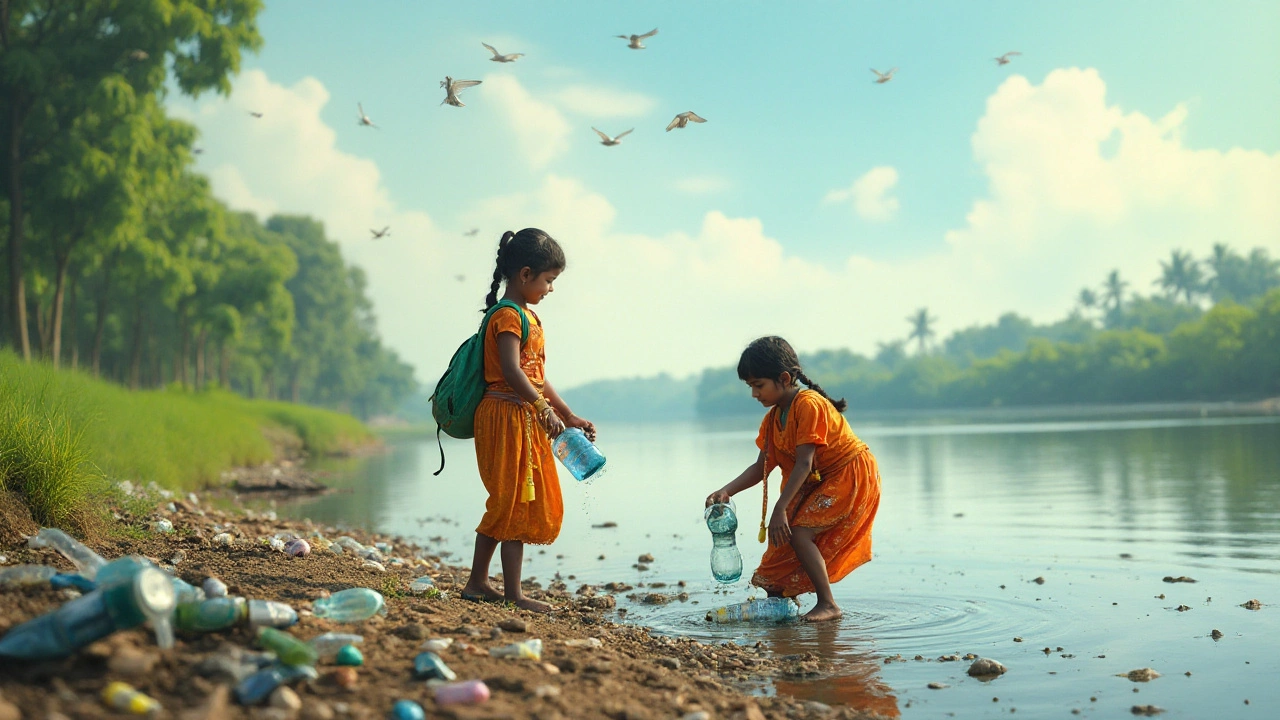
Innovation in Plastic Manufacturing
The world of plastic bottles is undergoing a transformative shift, driven by a wave of innovation that is both exciting and necessary. As concerns over environmental implications mount, the industry is under pressure to find sustainable solutions. Among the notable advancements is the development of biodegradable plastics, designed to break down more quickly than traditional materials. Biodegradable plastics offer the allure of reduced longevity in landfills, though their production poses new challenges that manufacturers are working tirelessly to address.
One of the leading edges of this innovation is adoption of recycled PET (rPET), which is gaining immense traction in several companies' production lines. By using rPET, manufacturers significantly reduce the dependency on virgin plastic, thus minimizing the carbon footprint associated with production. It's a win-win as it not only diverts plastic waste from affecting the environment but also supports a circular economy. In an inspiring example, a beverage industry giant recently pledged that by 2030 all their plastic bottles will be made using at least 50% recycled material.
Manufacturing processes themselves are also seeing a tech-driven overhaul. Advanced technologies like automation and AI are gradually being integrated to increase efficiency and reduce waste. Companies are exploring artificial intelligence for optimizing production lines, ensuring materials are utilized optimally and defects are minimized. The automation of processes is helping in scaling production, meeting high demands without compromising environmental standards.
Remarkable strides have also been made in designing lightweight plastic bottles. By decreasing the weight of each bottle, manufacturers are not only cutting down on materials used but also reducing fuel emissions during transportation. The potential for innovation here is profound, as lightweighting appeals not only to environmental sensibilities but also to business efficiencies.
"We must reinvent the plastic bottle, not discard it. Our goal is to achieve both environmental sustainability and economic feasibility," said a noted environmental science professor.
Companies are also investing in research and development for alternative materials. Some of these include plant-based plastics derived from renewable resources like corn or sugarcane. These plastics promise lower environmental impact from the outset. Pilot projects are underway aiming to determine the viability of these bioplastics at a commercial scale.
Moreover, collaborative platforms are emerging. Scientists, manufacturers, and governments are joining hands to tackle the urgent need for sustainable packaging solutions. Sharing knowledge and resources can catalyze the pace of innovation while ensuring that it is inclusive and globally relevant. As these initiatives gain momentum, the hope is that their implementation can steer the plastic bottle industry towards a more sustainable future, balancing consumer demand with ecological responsibility.
Shifting Consumer Preferences
The dynamics of consumer behavior surrounding plastic bottles have shifted notably in recent years. Increased awareness about environmental issues has driven many people to reconsider how they consume and dispose of plastic. It's no secret that the image of oceans littered with plastics has struck a chord globally, influencing a move toward sustainable alternatives. This shift is not just a trendy occurrence; it's supported by data showing a consistent decline in reliance on single-use plastics. An industry report indicates that nearly 60% of consumers have expressed a desire for companies to reduce plastic packaging, reflecting a deeper, underlying demand for change.
Reusable water bottles, for example, have enjoyed a surge in popularity as people venture towards more sustainable choices. These bottles often reflect personal style and values, proving that eco-friendly doesn't have to sacrifice aesthetics or convenience. While younger generations are typically at the forefront of this transition, older demographics are not far behind, recognizing the long-term benefits of reducing plastic bottle consumption.
Industry Adaptation
The shift in consumer preferences has not gone unnoticed by manufacturers, who are increasingly vying for the eco-conscious clientele. Companies are investing in the research and development of biodegradable packaging and alternative materials. Many renowned brands proudly exhibit labels marking the use of recycled materials in their products. Recently, a leading beverage company announced a significant reduction in the use of virgin plastics, committing to packaging that consists of 50% recycled material by 2025.
As consumers gravitate towards these greener products, there is a parallel increase in expectations for transparency and accountability from brands. Such companies are required to provide clear information about the sustainability of their manufacturing practices and the lifecycle of their products. Not only does this bolster trust, but it also aligns with the ethical considerations of modern consumers who are keen observers and vocal about their expectations.
"Businesses must listen and adapt to the rising tide of conscious consumerism," notes environmentalist Nadia Gomez.
This heightened demand has prompted a significant innovation wave in the plastic manufacturing sector. We've seen a push towards innovative technologies that enable better recycling processes and minimize environmental footprints. Some startups are exploring entirely new materials that mimic the functionalities of plastics without the pollution impact. Nanotechnology also presents an intriguing avenue for creating stronger, lighter products that could eventually replace traditional plastics in everyday use.
While challenges persist, especially regarding cost and scalability, the steps being taken are promising. Collaboration across the supply chain, from producers to retailers, is crucial to maintaining momentum and achieving meaningful progress. Consumers, empowered by information and driven by values, have the agency to fuel these changes. The future seems bright for a landscape where plastic does not equate to pollution, and this era of shifting consumer preferences marks a pivotal point for both the industry and the environment.

Tips for Reducing Plastic Bottle Consumption
Reducing the consumption of plastic bottles is an actionable way to lessen your environmental footprint and contribute to a more sustainable future. It's easier said than done, of course, as these bottles often find their way into our daily routines. Whether it's grabbing a drink on the go or stocking up on beverages for home use, we reach for the convenience of these plastic containers more often than we realize. However, with a few deliberate choices and a little planning, you can significantly cut down your use of plastic bottles and encourage others to do the same.
The first step is switching to reusable water bottles. Stainless steel and glass are excellent alternatives to plastic. Not only are they durable and often better insulated, keeping your drink at just the right temperature, but they also cut down on the absurd number of plastic bottles produced each year. Start by filling your bottle before leaving the house, and refill it at water fountains or taps instead of buying new ones. You'll be surprised at how much this simple change can accomplish over time. Chris Jordan, a well-known artist and environmental advocate, said it best:
"Our insatiable culture is churning out more waste than we’re putting into the earth as nutrients."This challenge is real, but so is our ability to be a part of the solution.
Another effective strategy involves buying beverages in bulk packaging, which usually means they come in larger containers. Many companies are now offering alternatives to single-use plastic bottles, like water dispensers or multi-liter cartons that reduce the need for so much plastic on a per-serving basis. You might even opt for soda-makers at home to enjoy carbonated drinks without generating the waste of plastic soda bottles. Changing your shopping habits can have a significant impact.
In addition to these personal choices, pay attention to what the plastic manufacturing companies are doing. Support brands that are transparent about their production practices and who are engaged in creating eco-friendly solutions. More and more firms are investing in recyclable and biodegradable materials which mark a promising shift towards sustainability in the industry. Your buying power can influence companies to make environmentally conscious changes by prioritizing these products.
Lastly, consider the role of community involvement in reducing plastic bottles consumption. Organize or participate in local clean-up events, promote awareness about plastic waste, and advocate for policies that encourage recycling and reduced use of single-use items. Sharing knowledge and demonstrating the simplicity of eco-conscious choices can inspire broader change beyond individual efforts.
According to several reports, approximately one million plastic bottles are purchased globally every minute, making the need to act more urgent than ever. By following these strategies, you're not only making a personal impact but also setting a trend that can influence wider societal change. Let's aim to leave a lighter footprint on the planet and foster a culture where convenience and sustainability are not mutually exclusive but walk together hand-in-hand.


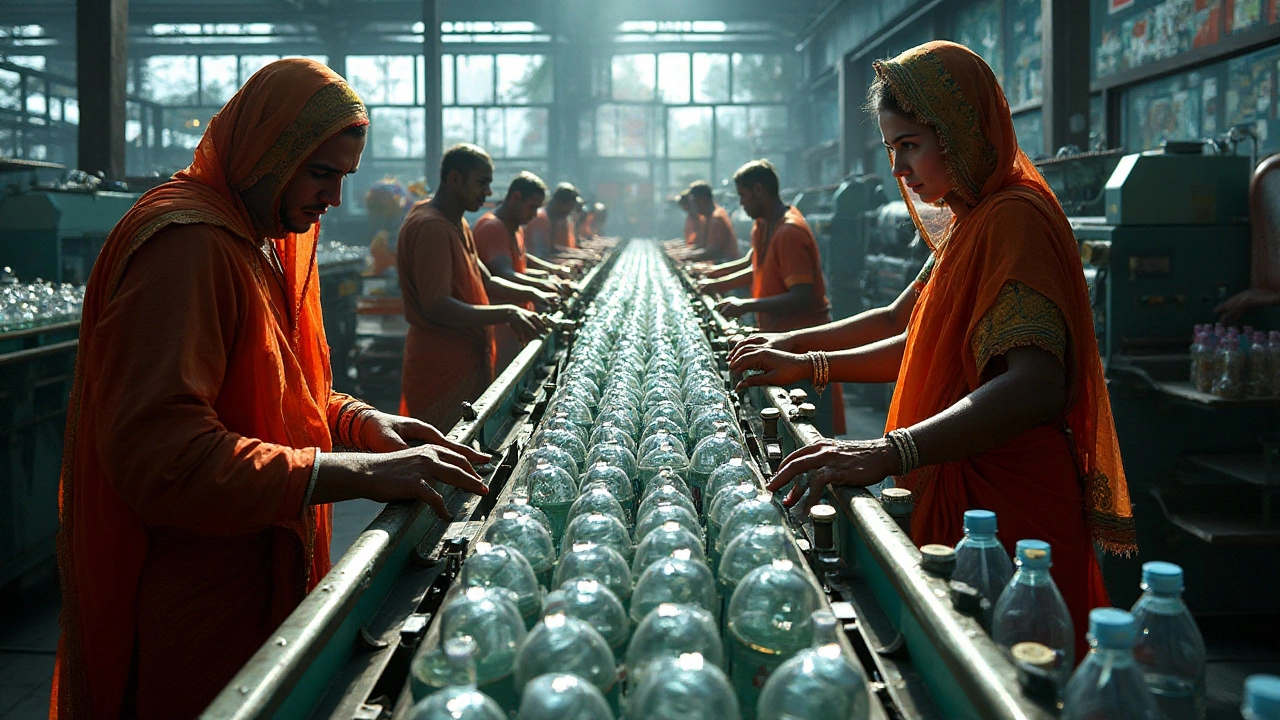


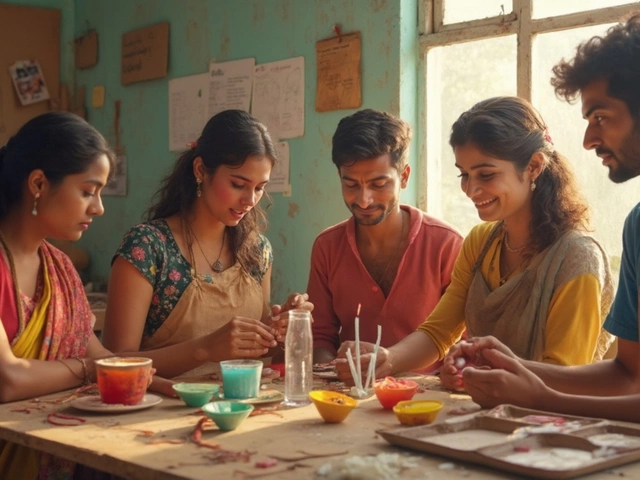

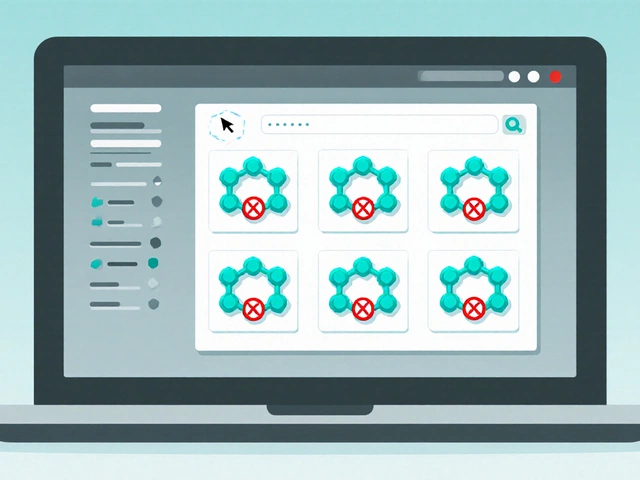
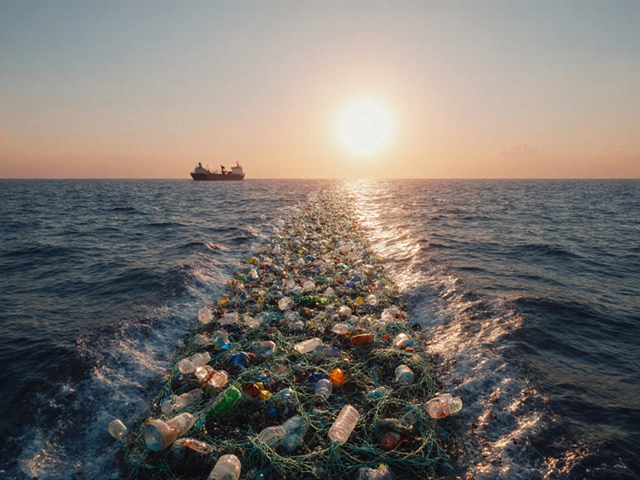
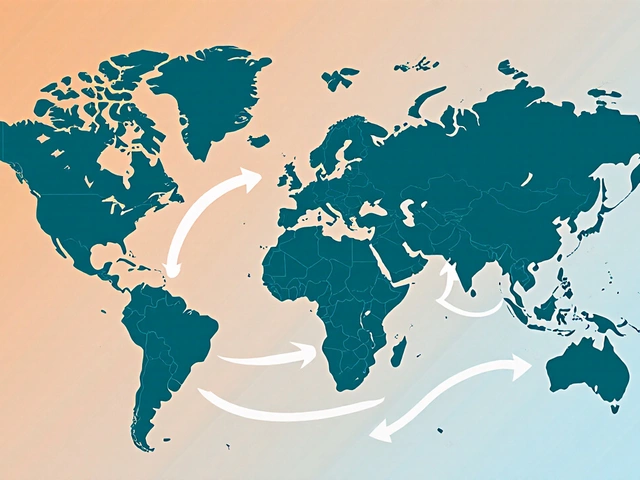
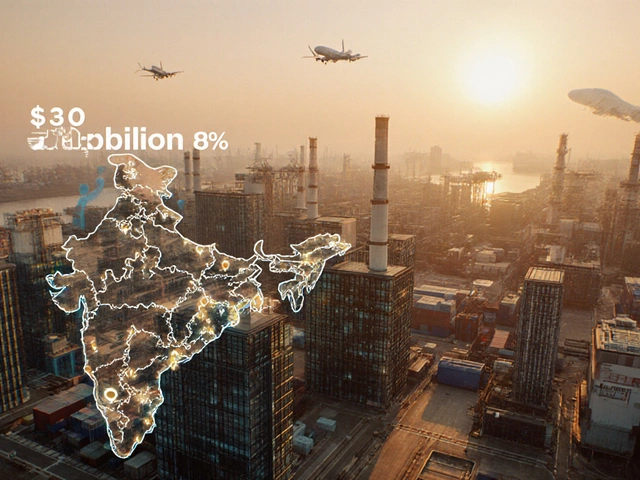
Write a comment